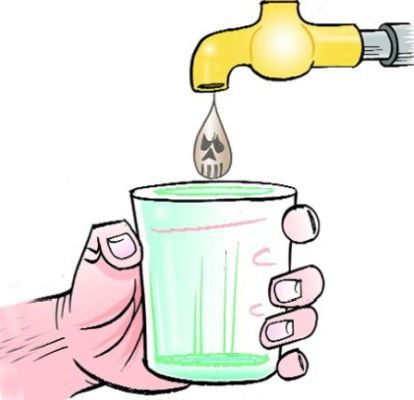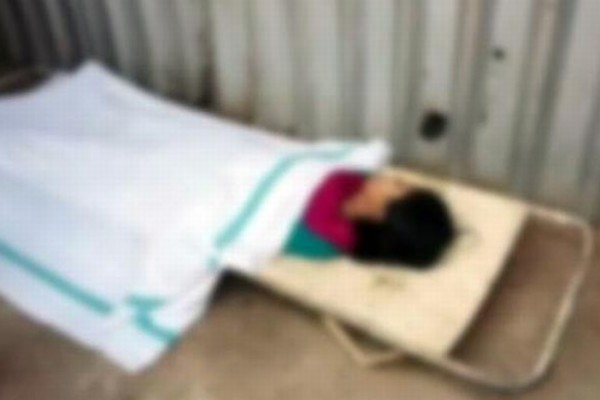Off the grid life with solar lanterns captured in incredible pictures by Ruben Salgado
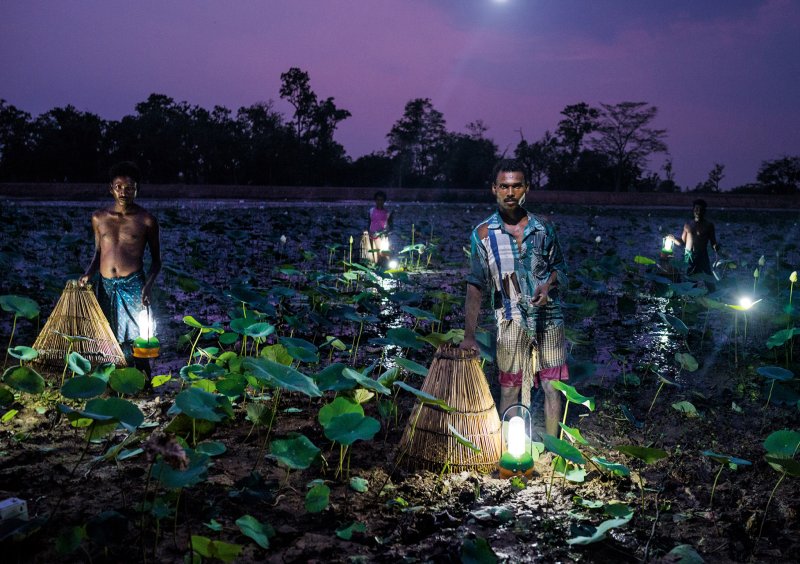
According to a rough idea, over 1.1 billion people in the world do not have access to electricity. A quarter of this number is from India’s poverty stricken rural areas. People rely on hazardous kerosene lamps for lighting during dark hours. Myanmar to West Africa, same story is repeated.
However, solar energy has brought some relief for many such households from toxic kerosene lamps. Owing to the efforts of humanitarian groups, social activists and solar energy companies, the lives of millions of people is brightened with clean energy at affordable cost.
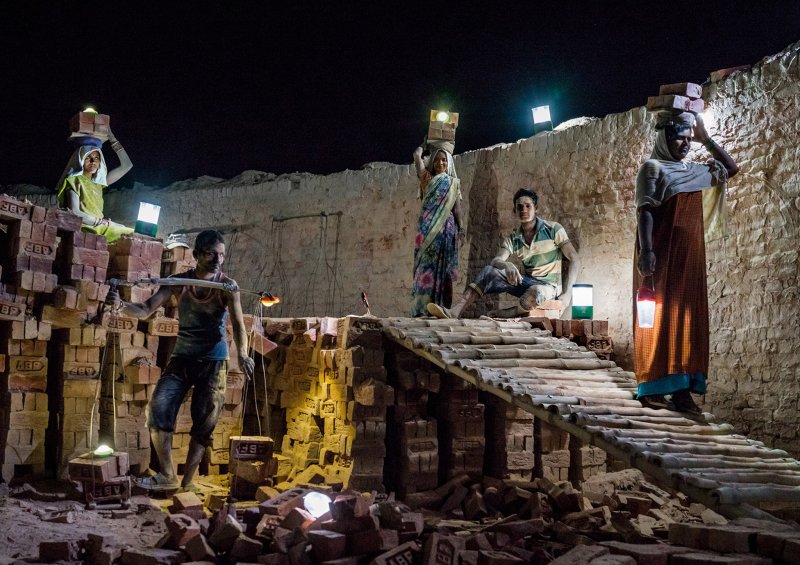
According to an article on the National Geographic,
Because of insufficient power lines in India, only 37 percent of the nearly 200 million people in Mandal’s home state of Uttar Pradesh use electricity as their primary source of lighting, according to 2011 census data. Simpa calculates that 20 million households there rely mainly on government-subsidized kerosene. Throughout the small farm towns, mobile phones are charged using tractor batteries; hundreds die of heatstroke each summer, when temperatures can soar to 115 degrees Fahrenheit; and the grimy black soot released by kerosene scars human lungs.
Myanmar based photographer Ruben Salgado Escudero has captured photographs to showcase the difference solar energy has made in the lives of these people. These images talk more than plain statistics.
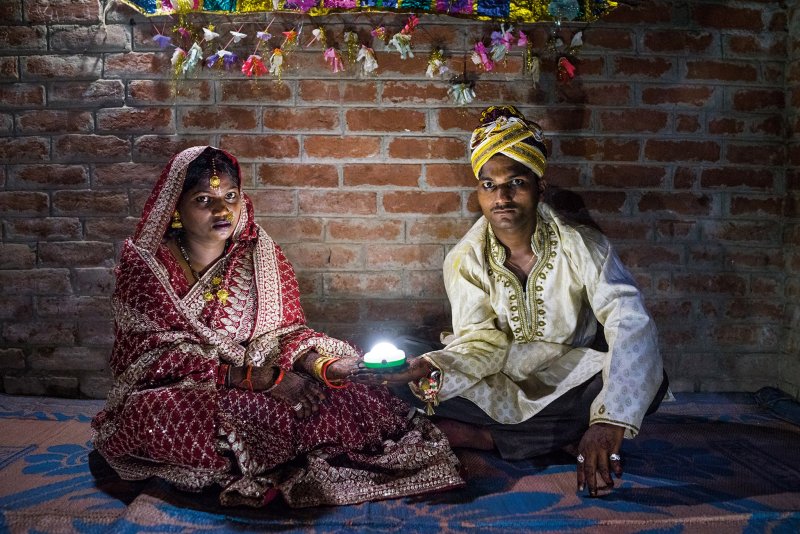
Holding a solar-powered lamp, Soni Suresh, 20, and Suresh Kashyap, 22, celebrate their marriage ceremony in Uttar Pradesh, where 20 million households lack electricity.
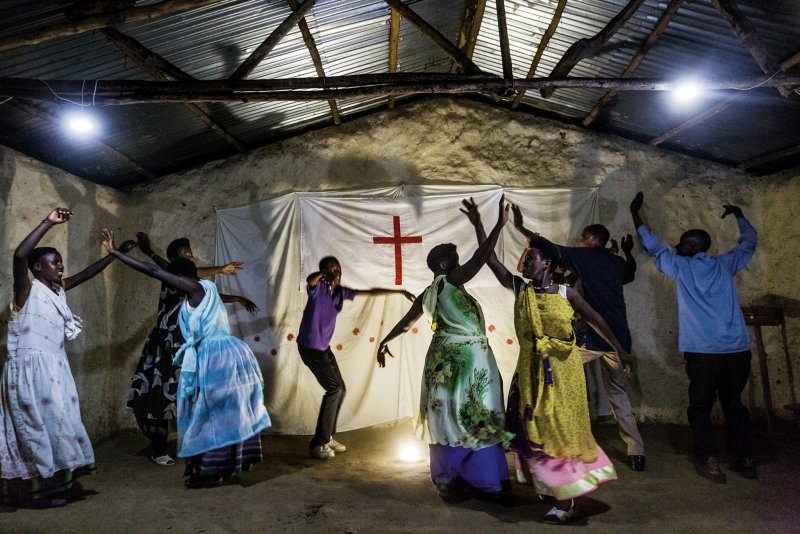
In the Jubilee Revival Church in Sango Bay, Uganda, members of the choir rehearse by solar light the night before services. Sango Bay is a small fishing village with 120 households.
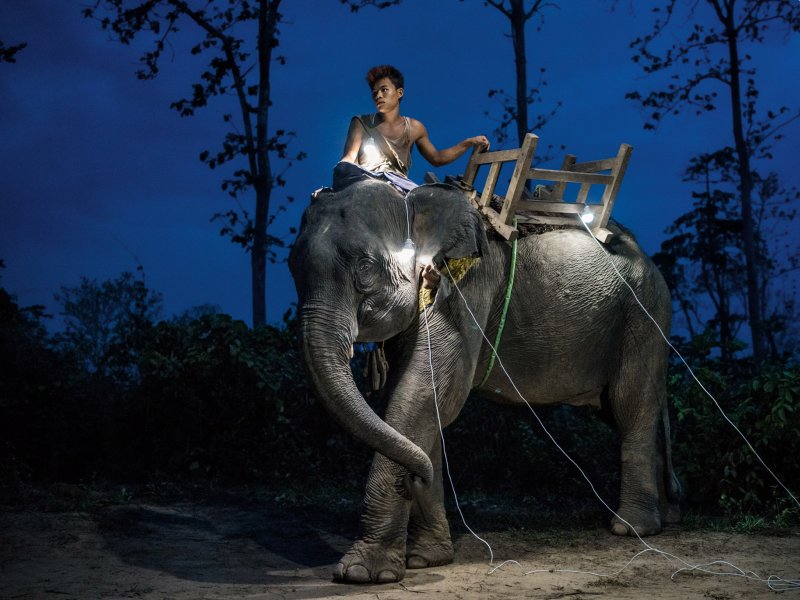
A worker at a logging camp in Myanmar’s Bago region, where elephants have been used by loggers for centuries, sits atop his 11-year-old animal. Laborers in these camps have no electricity, so they use solar lanterns before sunrise.
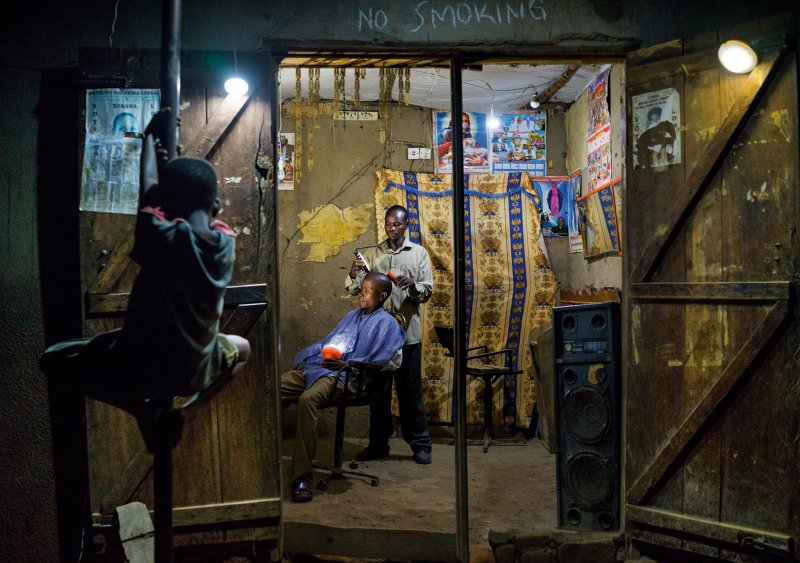
Electricity is a rare luxury in Uganda. Denis Okiror, 30, began using solar lights at his barbershop in Kayunga two years ago. He says most of his customers prefer to visit him in the evening.
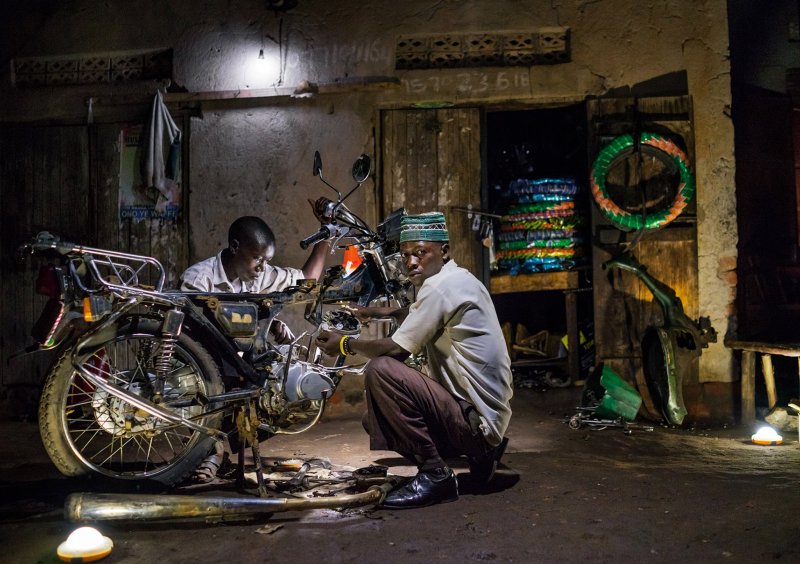
Ibrahim Kalungi and Godfrey Mteza

In India’s state of Odisha villagers trap fish using cone-shaped baskets and solar light. Fewer than half of Odisha’s 42 million residents use grid electricity.
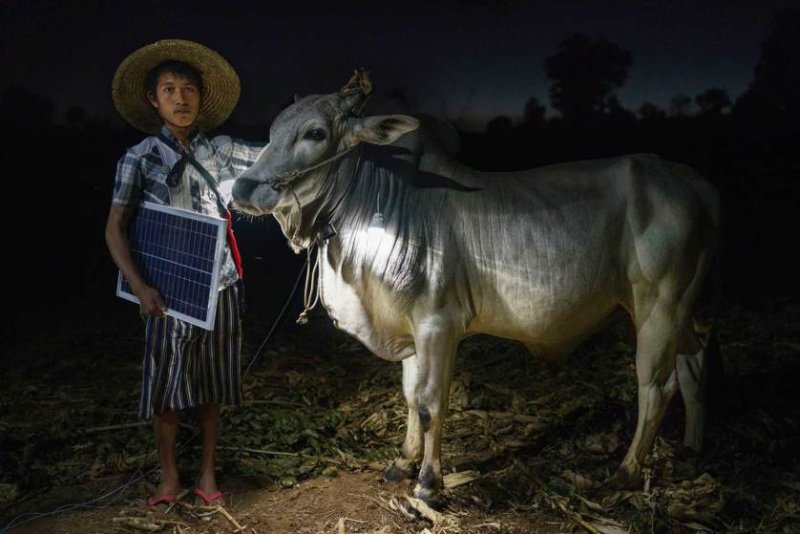
Mg Ko, 20 years old. A Shan farmer with his cow in Lui Pan Sone Village. Kayah State.
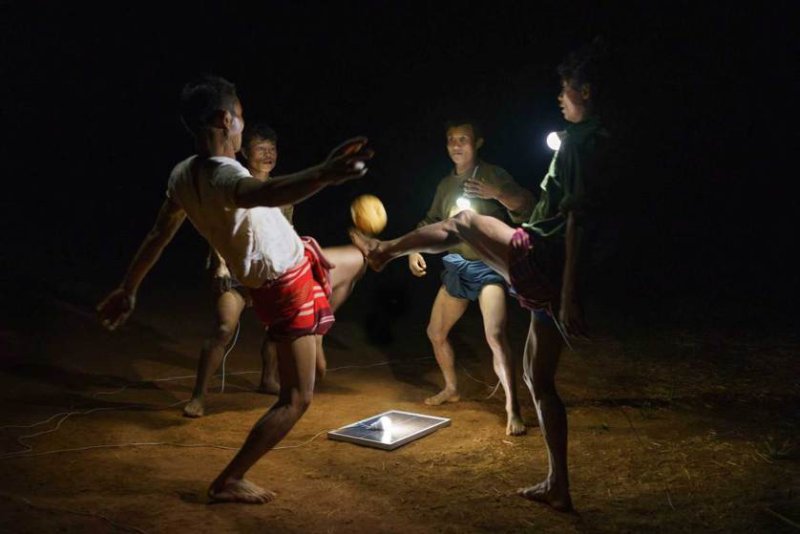
Solar Panel Portraits in Pa Dan Kho Village.
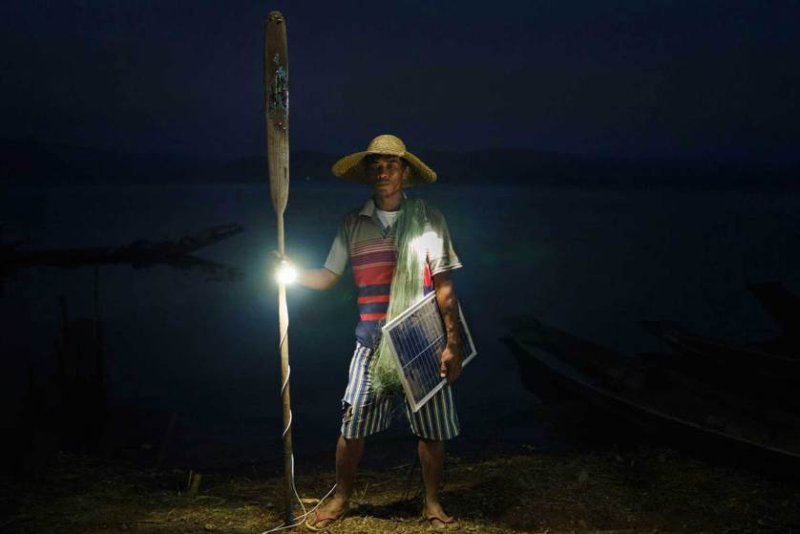
Ko Win Zaw Oo, 38, fisherman and father of 2 by his boat in Lui Pan Sone Village. Kayah State.
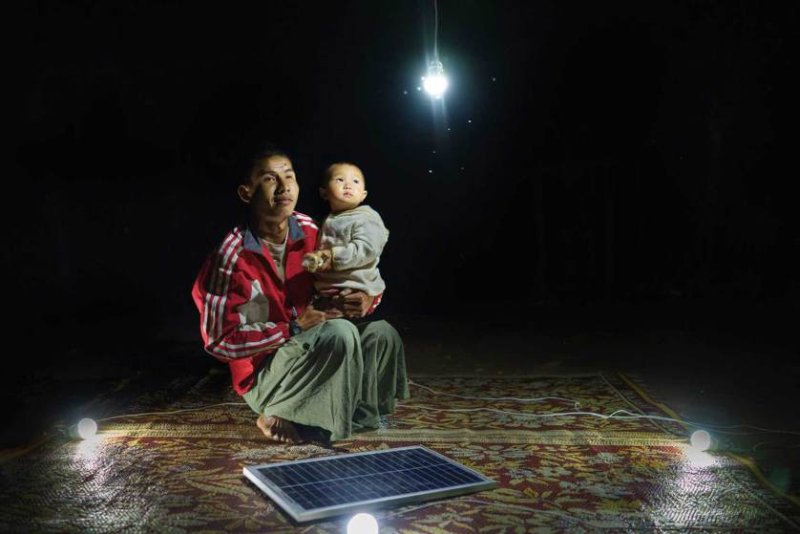
Ko Ba Aye, 26. and his 1 year old son Sai Kaung Htet Mon outside of their home in Lui Pan Sone Village. Kayah State.
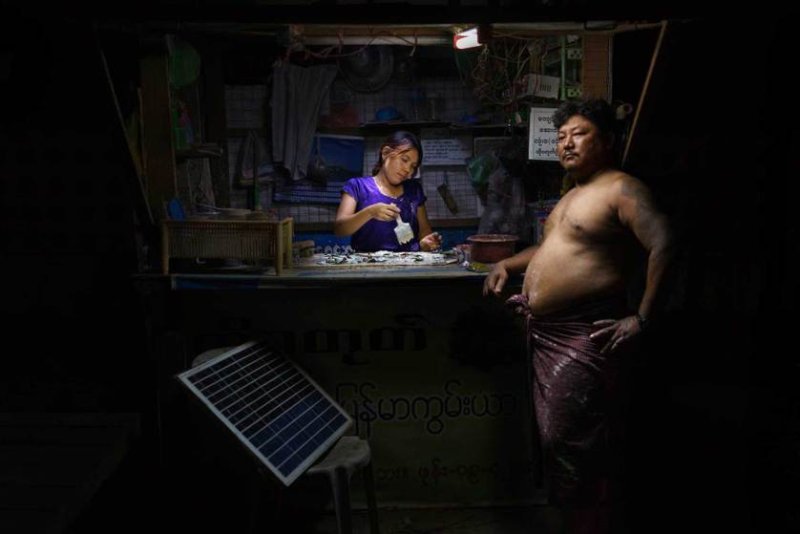
Nyi Min Htut (46) & Cho Cho Win (40) are married and own a bettle-nut shop powered by solar light. Minglar Don Township, 20 km north of Yangon.
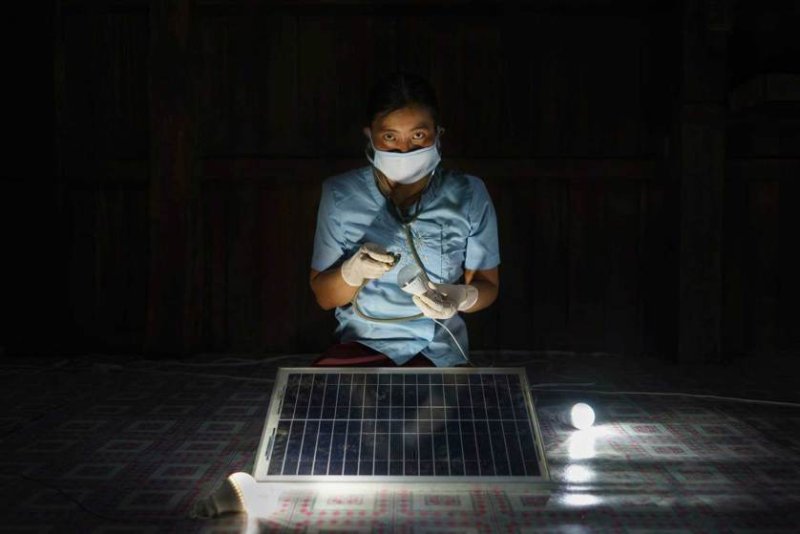
Daw Chit Mone, 36. A ‘red angel’ or midwife in Lui Pan Sone Village. Kayah State. Midwives have long played a crucial role in Burma, where more than 70 percent of the nation’s 60 million or so population lives in rural areas, often without access to hospitals. The country’s public health spending is among the lowest in the world, with only about 3 percent of the government’s annual budget allocated for health care. A shortage of doctors and nurses, who are posted at hospitals in cities and major towns, has meant that midwives, in some villages, are often responsible for much more than maternal health.
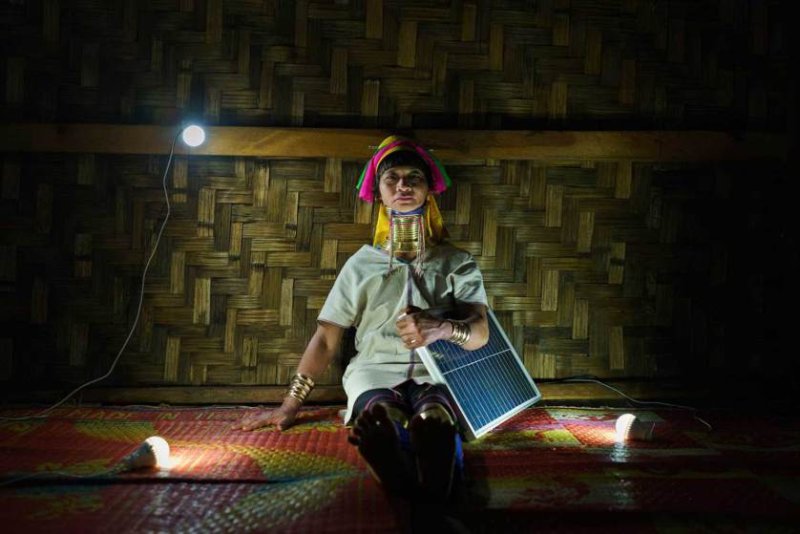
Daw Mu Nan, 45, a Padaung farmer and mother of 8 at her grandson’s home in Pa Dan Kho Village, Kayah State.
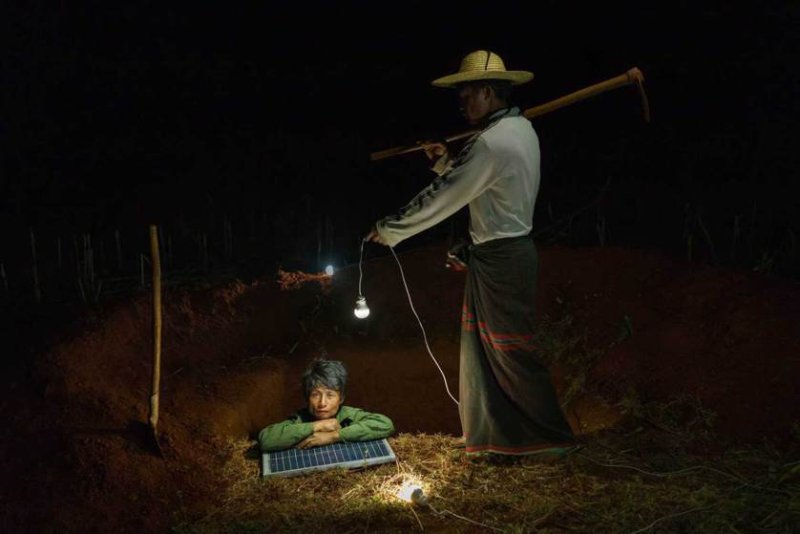
Construction workers dig a household latrine in Pa Dan Kho Village, Kayah State.
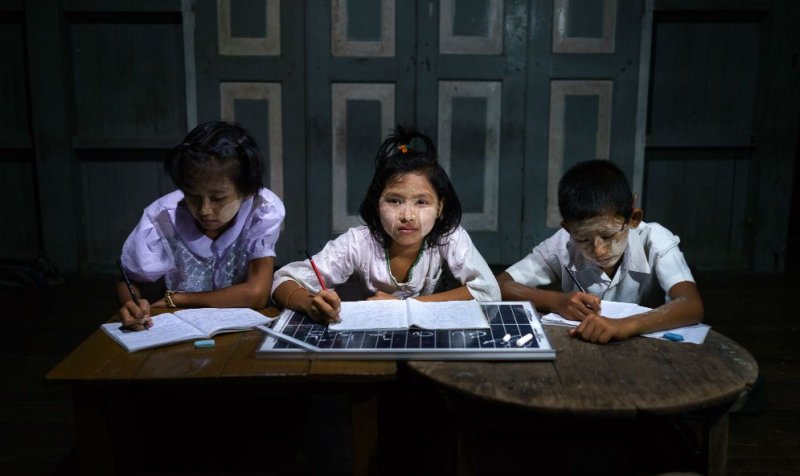
Ruben Salgado Escudero shows another side of Myanmar with rural inhabitants having access to electricity after sunset for the first time through solar power.
